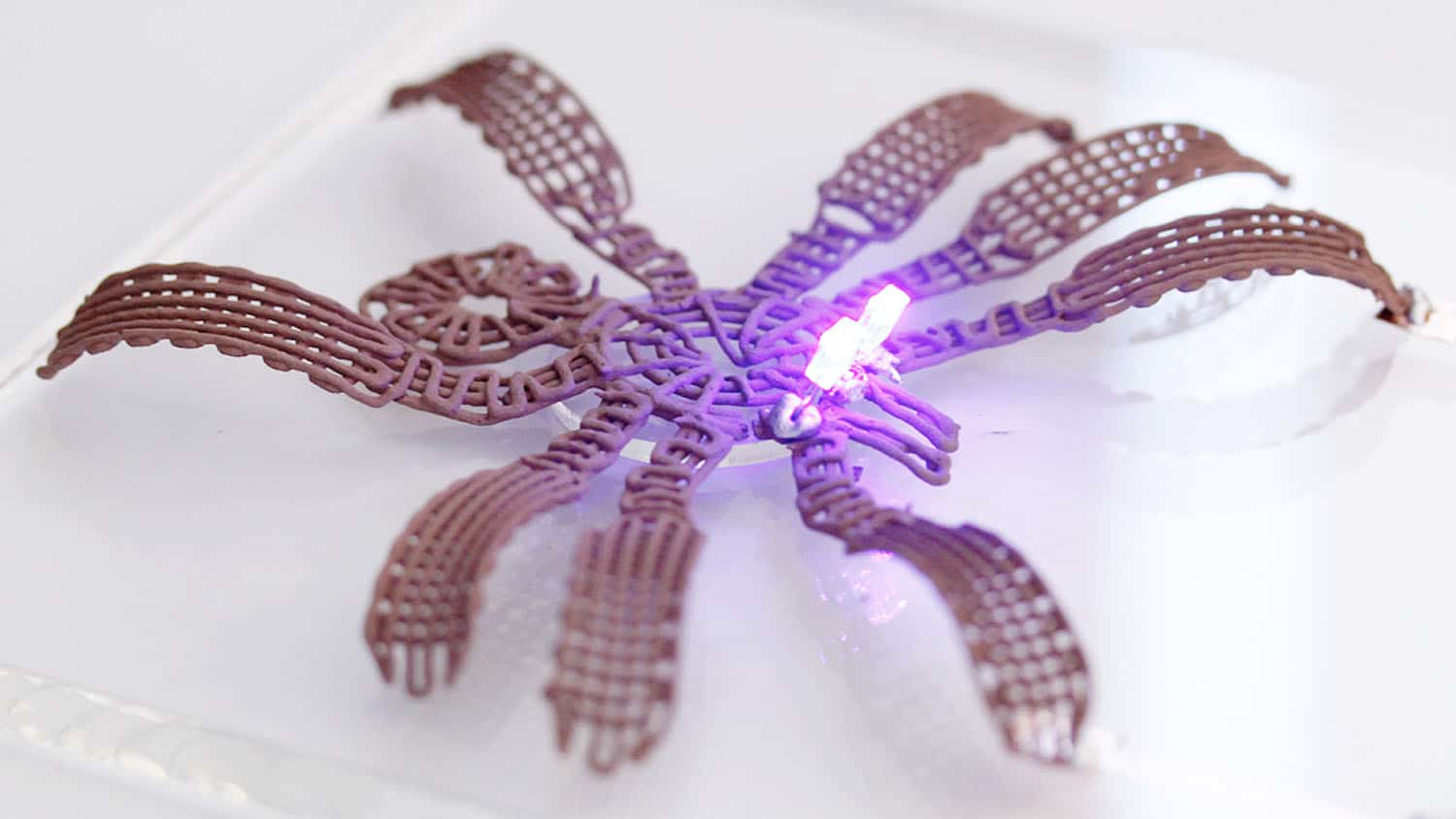Researchers from Linköping University in Sweden have created artificial muscles that are powered by glucose and oxygen, just like the actual muscle found in living organisms.
This innovative development will pave way towards an implantable artificial muscles or autonomous microrobots powered by biomolecules in their surroundings.
Researchers created artificial muscle using a polymer actuator which was developed from polypyrrole. Polypyrrole polymer is capable of changing its volume when an electric current is run through it.
The researchers designed their ‘muscle’ using three layers—two layers of the polymer having naturally occurring enzymes with a thin membrane between them. In this combination, enzymes convert glucose and oxygen to create the ions required for expansion and contraction of the material, without any external power source. This way the whole thing works like a contracting muscle.
Edwin Jager, senior lecturer in Sensor and Actuator Systems, in the Department of Physics, Chemistry and Biology at Linköping University, said,” “These enzymes convert glucose and oxygen, in the same way as in the body, to produce the electrons required to power motion in an artificial muscle made from an electroactive polymer,” “No source of voltage is required: it’s enough simply to immerse the actuator into a solution of glucose in water.”
“Glucose is available in all organs of the body, and it’s a useful substance to start with,” says Jager. “But it is possible to switch to other enzymes, which would enable the actuator to be used in, for example, autonomous micro-robots for environmental monitoring in lakes. The advances we present here make it possible to power actuators with energy from substances in their natural surroundings.”







